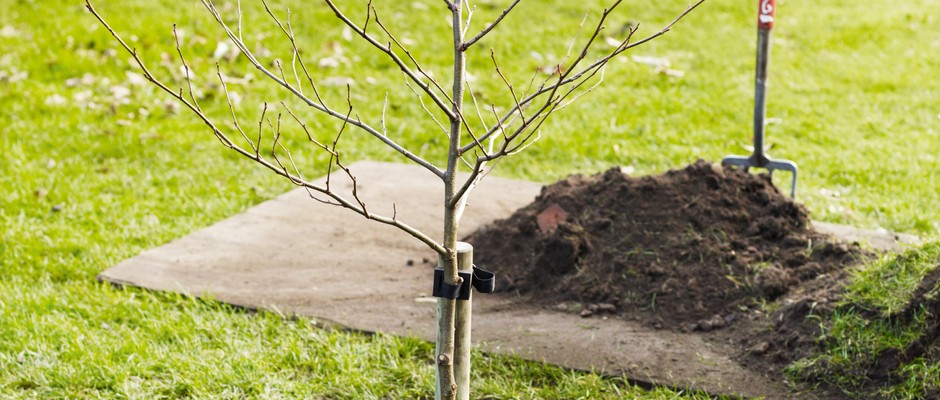
How to plant a tree
Tony Kirkham, head of arboretum, gardens and horticulture services at Kew is responsible for the collection of 14,000 trees. Here he shares how to plant and care for trees Photographs Andrew Montgomery
Tree planting is both an art and a science. It’s about giving those precious young tree specimens the best possible start in life. Investing some time and resources to get planting trees right is well worthwhile.
How to plant a tree
When to plant a tree
The planting season for trees normally starts in October and runs through to April. Traditionally trees were usually planted bare-root, but with the advent of new technology in growing nursery stock, and the increasing availability of container-grown trees, there is now no restriction on when a tree can be planted, providing sound, post-planting maintenance can be given when needed.
At Kew we have moved the main planting season from spring to autumn. In recent years the spring weather has tended to be much drier and this has been a challenge to newly planted stock, requiring more irrigation. In contrast the soils in autumn are still warm and moist, and this encourages the tree to make a quick start, producing fresh new roots in preparation for rapid spring growth.
Showing item 1 of 3
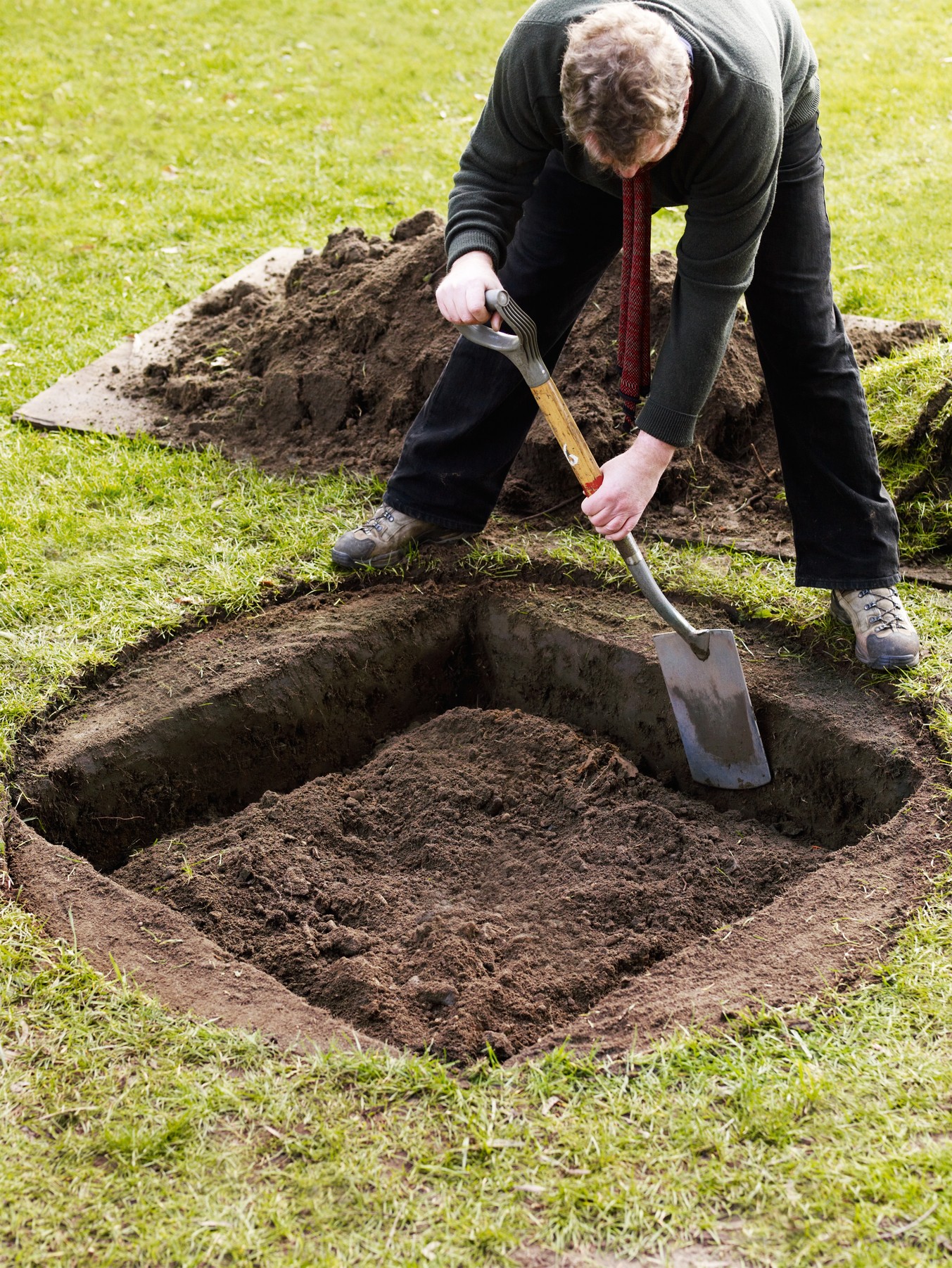
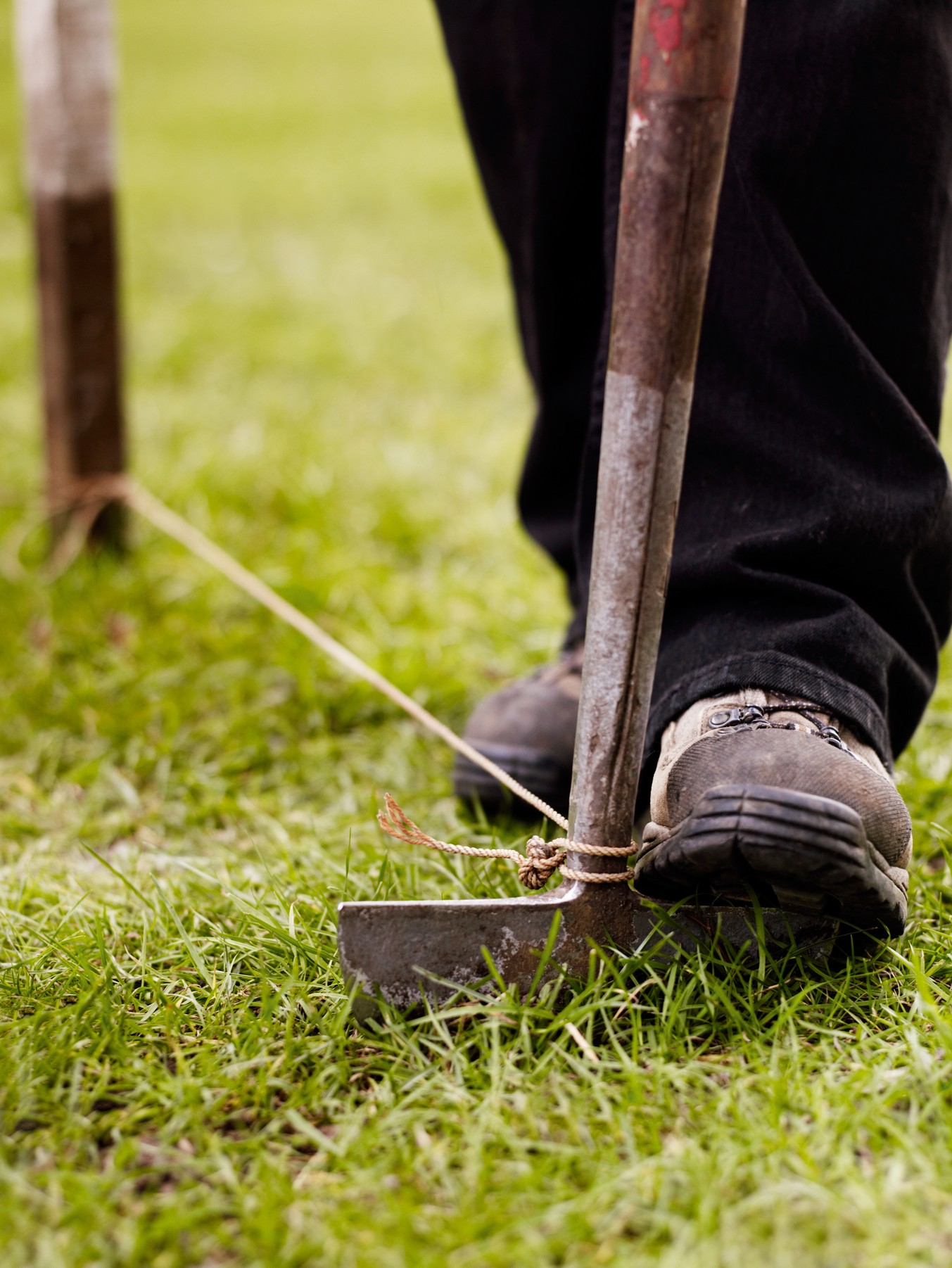
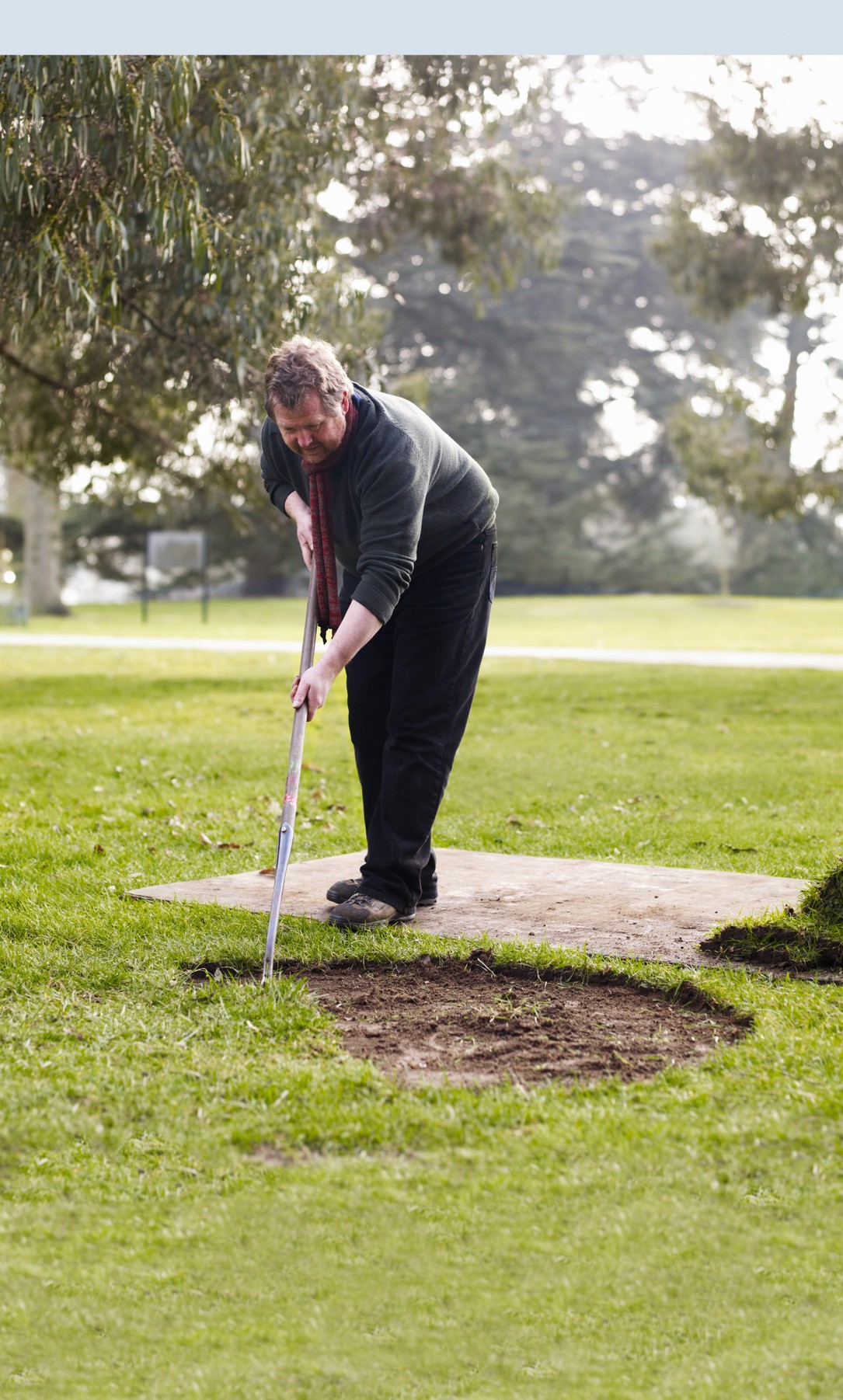




How to buy your tree to plant
It’s important that you choose good, healthy nursery stock from a reputable nursery. Don’t rely on what the tree looks like above ground, but if possible check out the root system. If the tree is growing in a container, make sure the roots are fresh, not pot-bound.
How deep to plant a tree
Over recent years we have developed the perfect tree pit, which is shallow but wide, square not round, and made up of the soil excavated with no additional compost added. Most trees are staked when there is no need to, or over-staked with inappropriate materials. Planting depth is critical: probably the single most common reason for the loss of a young tree is that they are planted too deeply, with the soil level above the ‘nursery line’ or ‘root collar’.
There’s a Chinese proverb that says ‘The best time to plant a tree was 50 years ago; the next best time is today’. Use these simple steps to successful tree planting, adapt them to your situation and success will follow, giving you lots of satisfaction.
More like this
Watch Aaron Bertelsen explain exactly how to plant a pear tree
Tools you need to plant a tree
Having the right tools for the job, especially a good fork and spade, makes tree planting much easier (see our full guide to the best tree-planting tools to buy).
How to plant a young and slender tree (or a whip)
Showing item 1 of 2
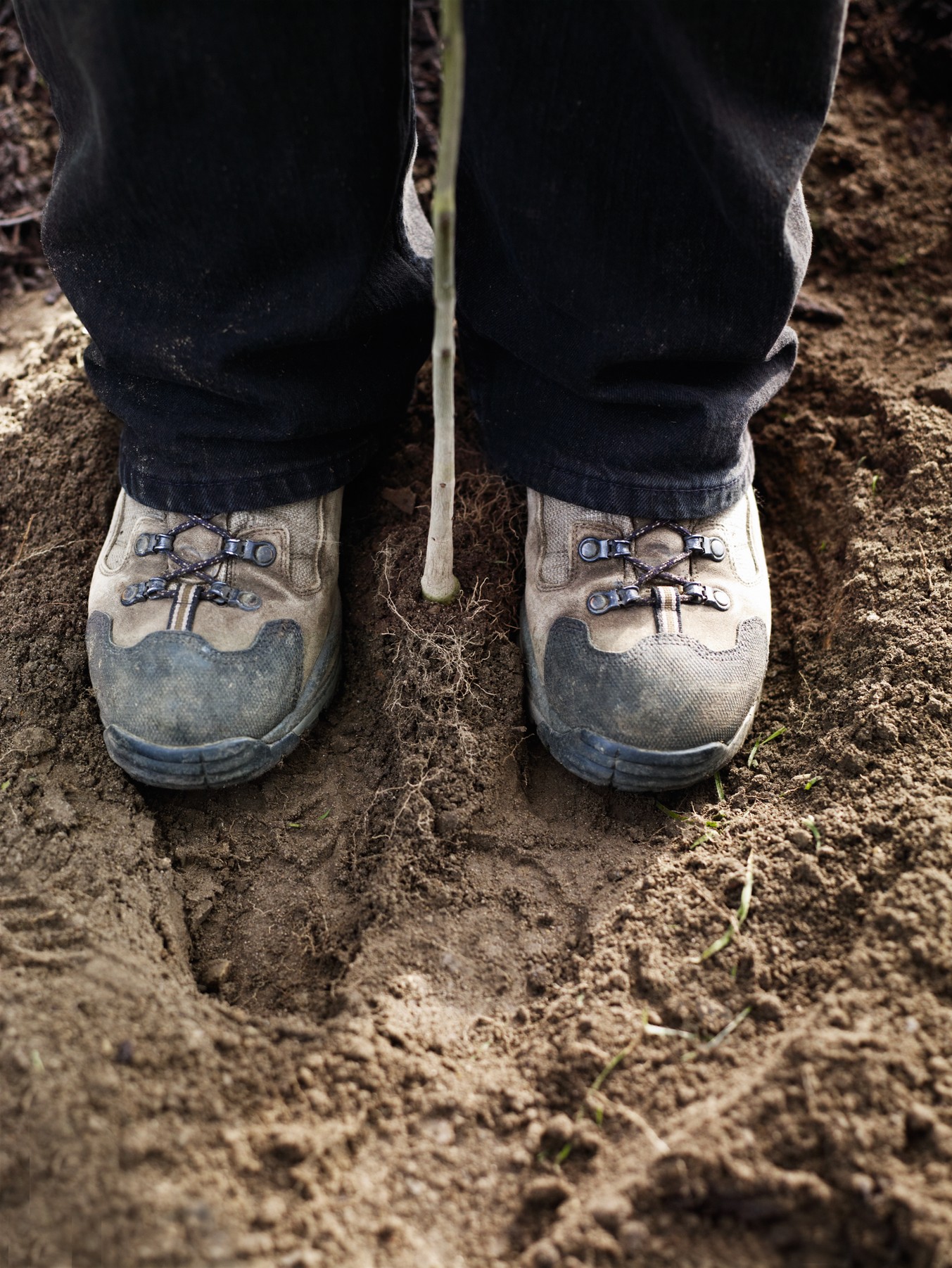
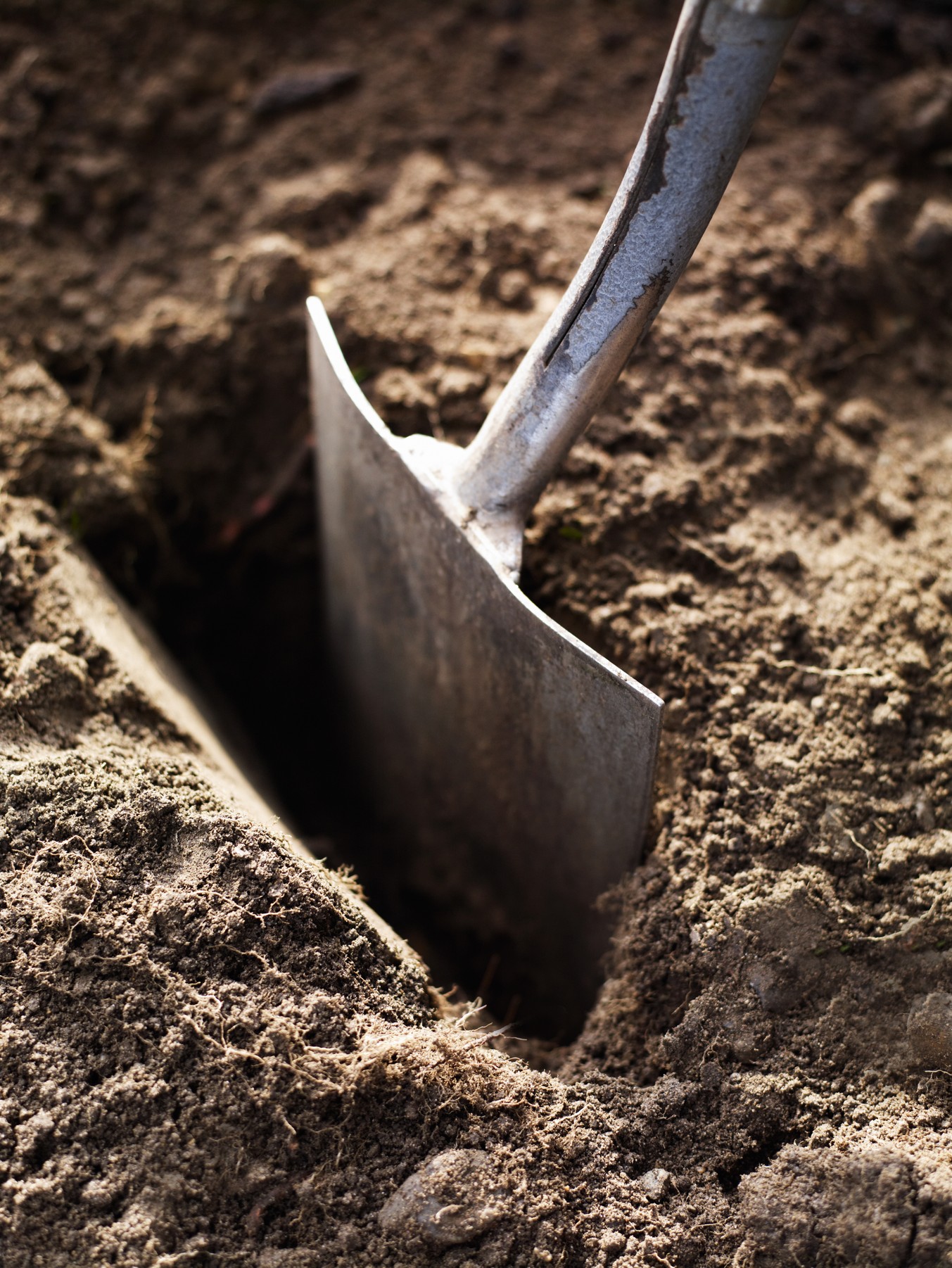



STEP ONE
Whips are young trees up to 2.5m tall with no lateral branches and a fibrous, bare-root system. They are the cheapest, easiest and quickest trees to plant. Push the spade into the ground to the depth of the spit and move it from side to side to make a notch in the soil.
STEP TWO
Holding the stem of the tree, push the roots of the whip into the notch. Lift the whip up and down – this will encourage the roots to spread evenly. Then hold the whip in an upright position and, making sure the root collar is level with the surface, place a foot on either side of the whip and firm down the soil.
How to plant bare root trees
Showing item 1 of 4
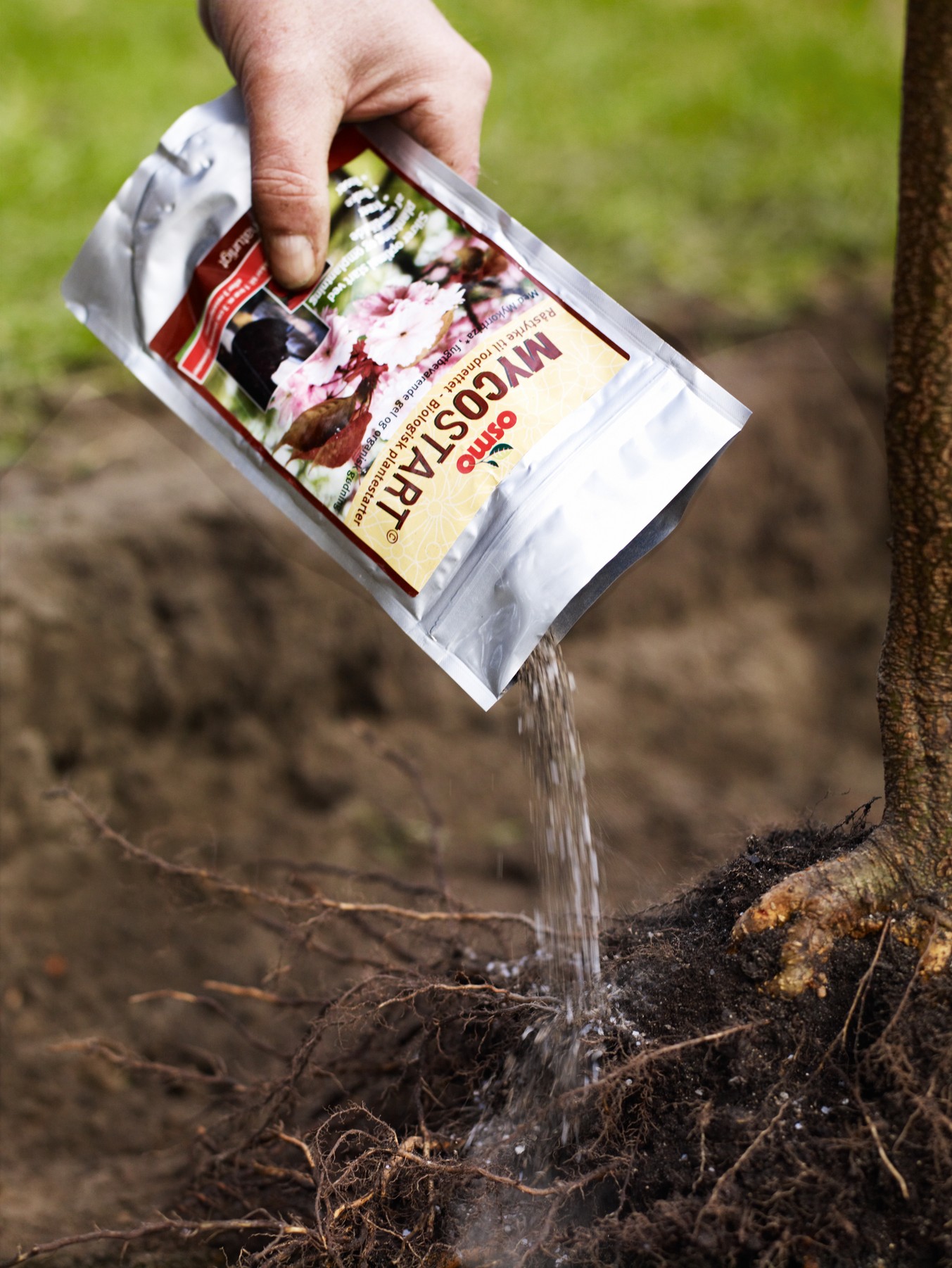

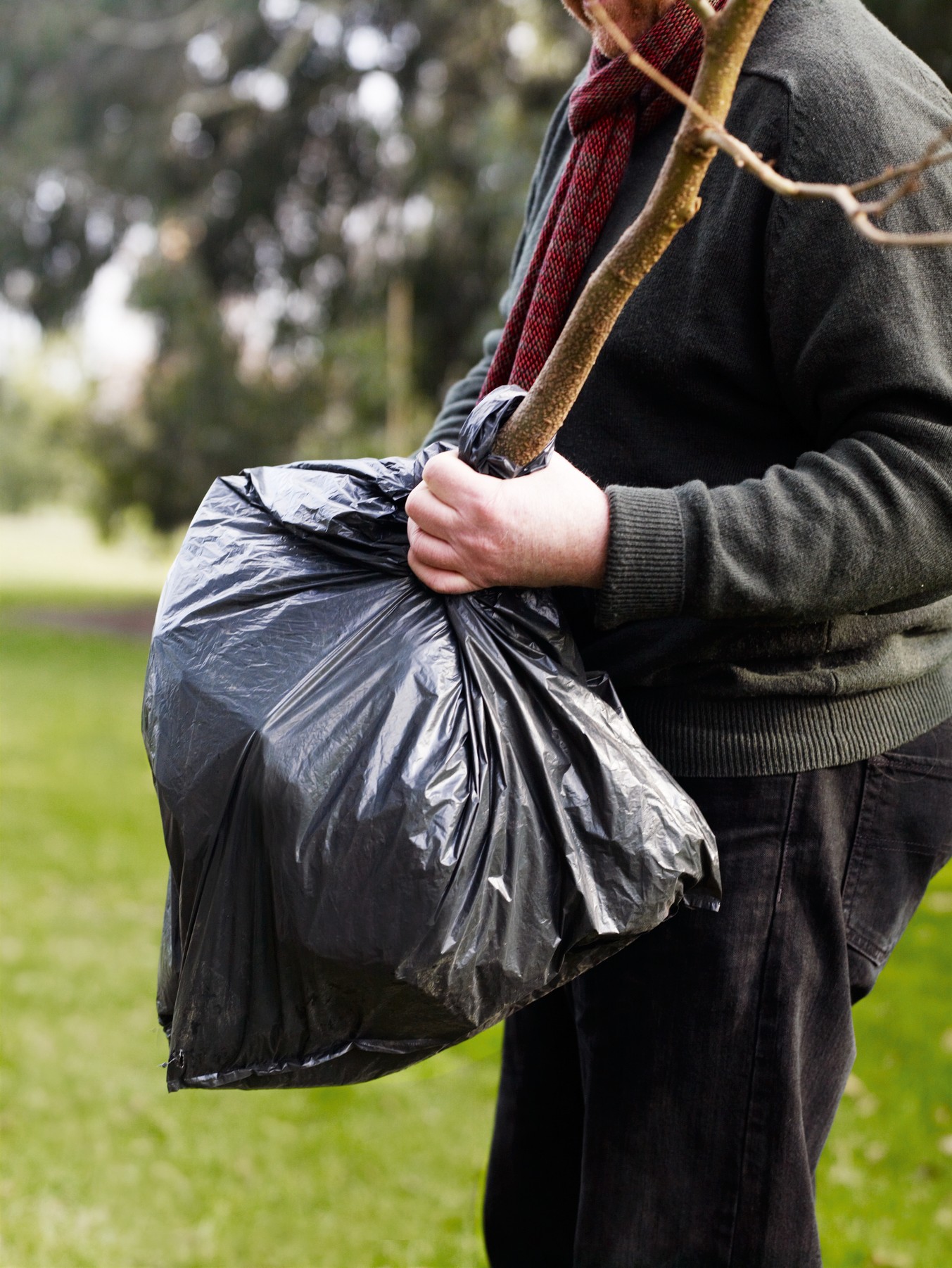
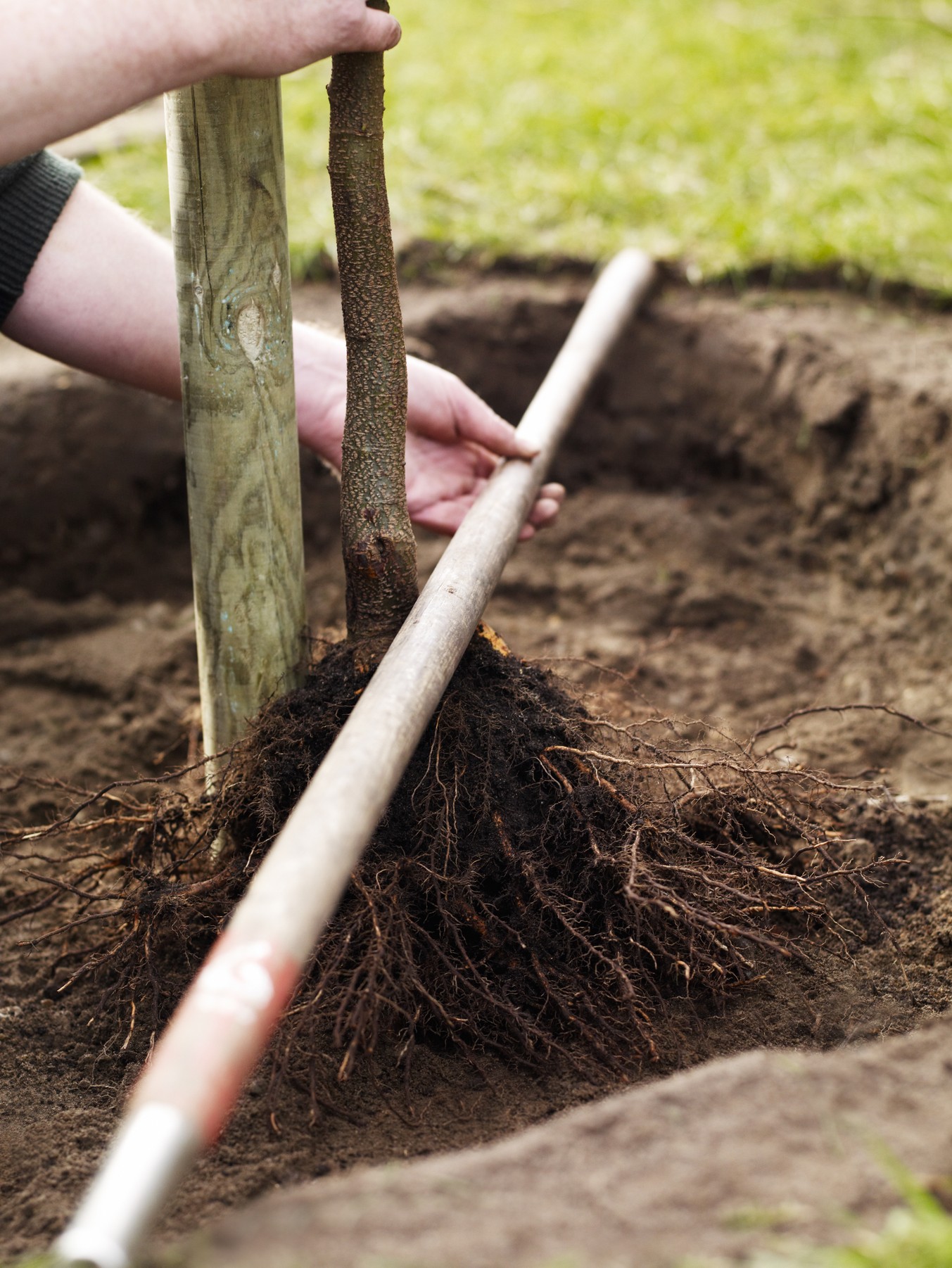





To start, mark out a 1.5m diameter circle in the turf using string and cut with a half-moon edging tool. Cut and lift the surplus turf using a turf float or spade, then discard or add to your compost heap.
STEP ONE
Within your circle of cut turf, dig a square hole, the corners of which meet the edge of the circle. The hole should be a spit deep (the depth of your spade’s blade), or the depth of the root ball if deeper. The corners of the square coax the tree roots into the soil beyond the hole, especially on clay or sandy soils, and discourage them from circling.
STEP TWO
On sunny or windy days, exposing the fibrous root system of a bare-root tree can cause damage within minutes, severely affecting its chances of establishing successfully. It is important to protect the roots at all times between lifting and planting with a proprietary planting bag or an ordinary black bin liner.
STEP THREE
Healthy trees that die after planting are usually killed by being planted too deep. With certain thin-barked species like birches, maples and ash, a few millimetres over the nursery mark will make the difference between survival and death. Use a straight edge across the pit to make sure of the correct planting level.
STEP FOUR
Adding compost and fertiliser to the soil is of no benefit. In fact it can actually be detrimental to the tree, because compost tends to dry out quickly, and to slump during decomposition, lowering the soil level. Fertiliser gives the newly planted tree a false start. However mycorrhizal tree-planting products applied directly to the root system can help the tree to get started.
How to plant a container-grown tree
Showing item 1 of 2
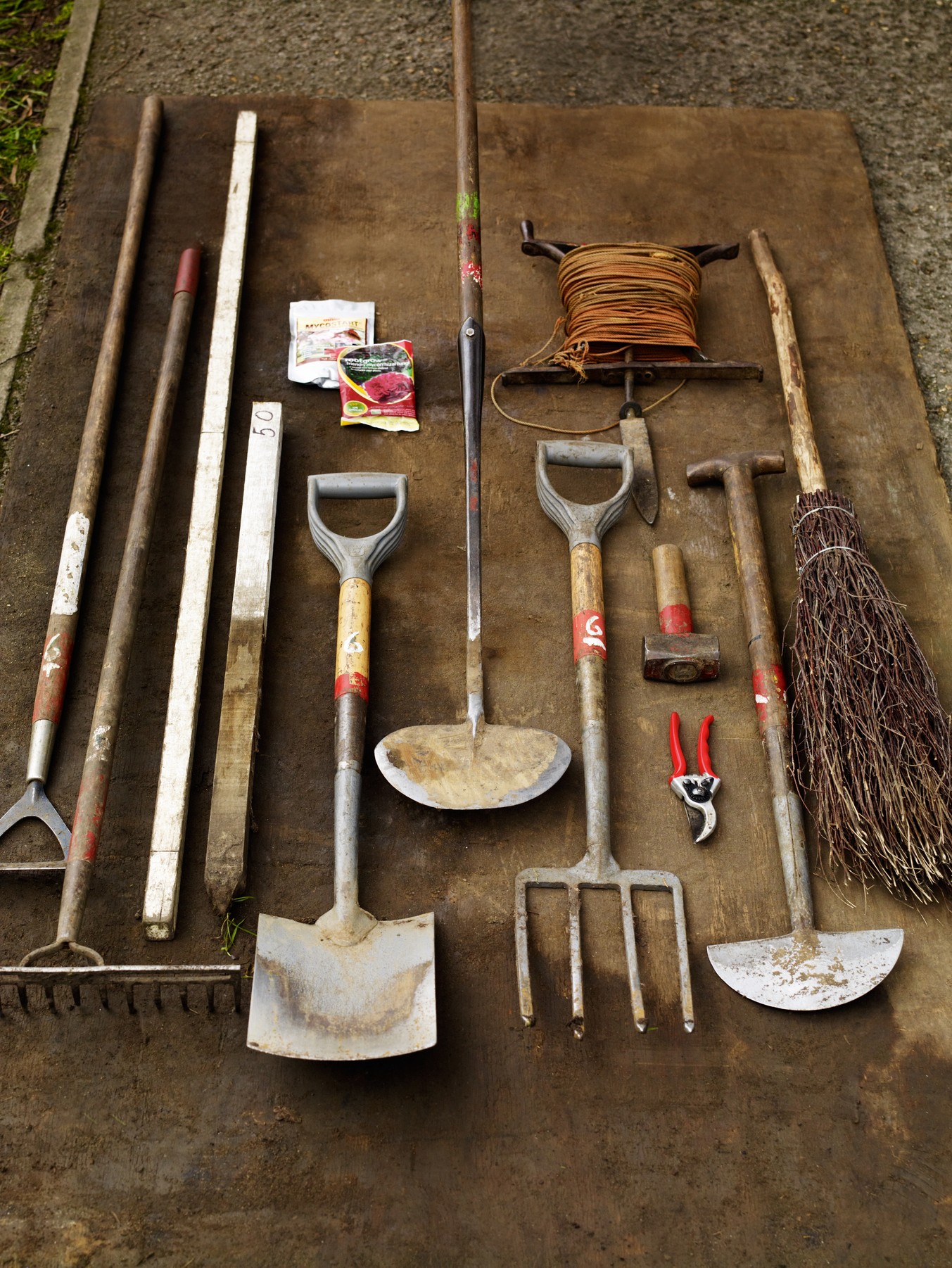
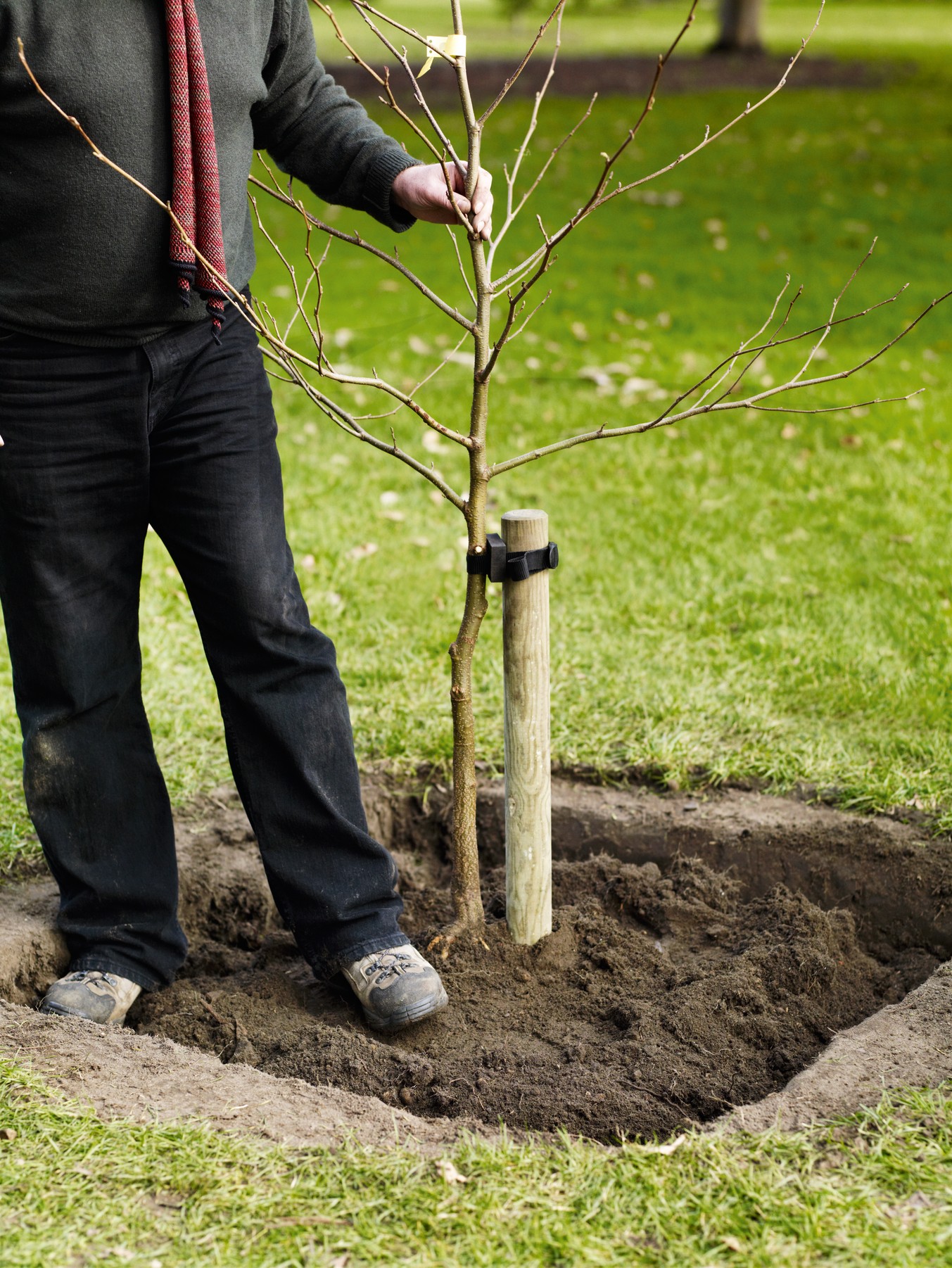



STEP ONE
Once the container is removed, exposing the root system, tease the roots out of the root ball. You may need to prune some of the roots, especially if they are slightly pot bound or circling the pot. This will encourage healthy root-growth outwards, towards the edge of the square tree pit.
STEP TWO
With the soil taken out of the hole, backfill the tree pit in layers around the root system, firming with the ball of the foot to the final level. If you are using a tree stake, ensure that the soil between the tree and the stake is also firmed, using the top of the spade handle.
STEP THREE
Once planted, add an organic mulch to the surface around the tree to a depth of 10cm. This will ensure there are no weeds to compete with the tree in its early years and reduce the evaporation of any water you apply to irrigate the tree. Keep the area immediately around the trunk clear of mulch to protect the root collar from being ‘scorched’.
STEP FOUR
Where support is needed, use a single round, wooden stake. The tree should be attached with a single tree tie at a third of the overall height of the tree. Remember, when banging in the stake during planting, that it will have to be removed at the end of the first year.
What to consider when you plant a tree
Choosing the right tree for the right place is one of the most important decisions you can make in successful tree planting. Get it right and you will enjoy the rewards a healthy, happy tree provides; get it wrong and you will pay the consequences – you may even have to remove it. Here's what you should always consider:
Soil conditions
Choose a tree with the appropriate qualities that match the local soil conditions. Is your soil acid or lime, wet or dry, clay or sandy? If a tree is happy with the soil type then planting success will easily follow.
Attributes of the tree
Decide what you want from a tree – size, spread, shape, leaf, bark, flower or fruit – and choose one that will prefer the conditions.
Environmental factors
Check whether your preferred tree will tolerate the other environmental issues associated with the planting site. Is the site shady, subject to sea winds, or in a polluted urban location?
How to care for your tree in the first year
After planting, the following two to three years of maintenance are essential to ensure that the tree establishes successfully. Keep a close eye on the tree and where necessary take the following measures:
Watering
It cannot be over-emphasised how important it is to provide water to newly planted trees, keeping them stress-free, especially during periods of dry weather. Don’t water so much that they come to rely on you, but enough to encourage them to go in search of more.
Tree stakes and ties
If all the planting steps are followed the tree will get off to a good start and healthy growth will soon follow. The tree tie should be slackened throughout the year as it tightens and the stake removed before the following growing season.
Weed control
Keep the 1.5 metre diameter tree circle clear of weeds at all times either by hand or mulch to eliminate competition. Don’t use a strimmer as these de-bark trees at the root collar and ultimately kill them.
Formative pruning
Start early, preferably in winter, using secateurs to shape the tree. You may want to remove a twin leader to prevent the crown breaking out later in life, or to take out the lower feathers, revealing a clean trunk.
Feeding
This is not necessary in the first year of planting, as the mulch will provide nutrients to the newly expanding root system. By the second season any roots damaged during planting will have repaired themselves and applying an organic fertiliser will benefit the tree.
Thanks to the Royal Botanic Gardens, Kew, for allowing us to take the photographs used in this feature.
Authors
Former head of the Arboretum and Gardens at the Royal Botanic Gardens at Kew.

Niwaki bundle worth £57 when you subscribe
Subscribe to Gardens Illustrated magazine and claim your Niwaki bundle worth £57
*UK only

Container Gardening Special Edition
The Gardens Illustrated Guide to Container Gardening.
In this special edition, discover colourful flower combinations and seasonal planting schemes for pots designed by leading plantspeople, and essential know-how for container gardening success. Just £9.99 inc UK p&pBy entering your details, you are agreeing to our terms and conditions and privacy policy. You can unsubscribe at any time.
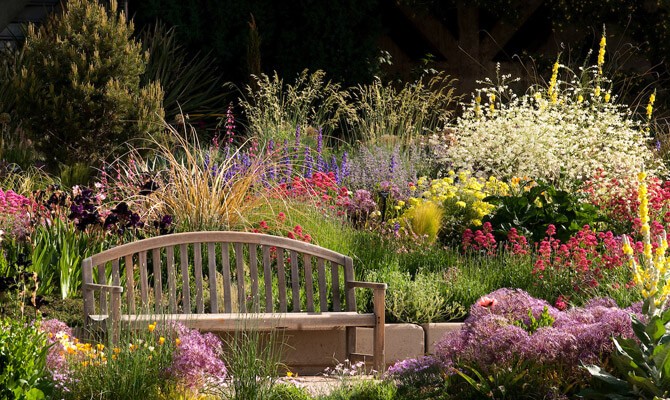
Gardens of the Globe
From botanical wonders in Australia to tranquil havens closer to home in Ireland, let this guide help you to discover some of the most glorious gardens around the world
By entering your details, you are agreeing to our terms and conditions and privacy policy. You can unsubscribe at any time.




